Bill & Melinda Gates Foundation
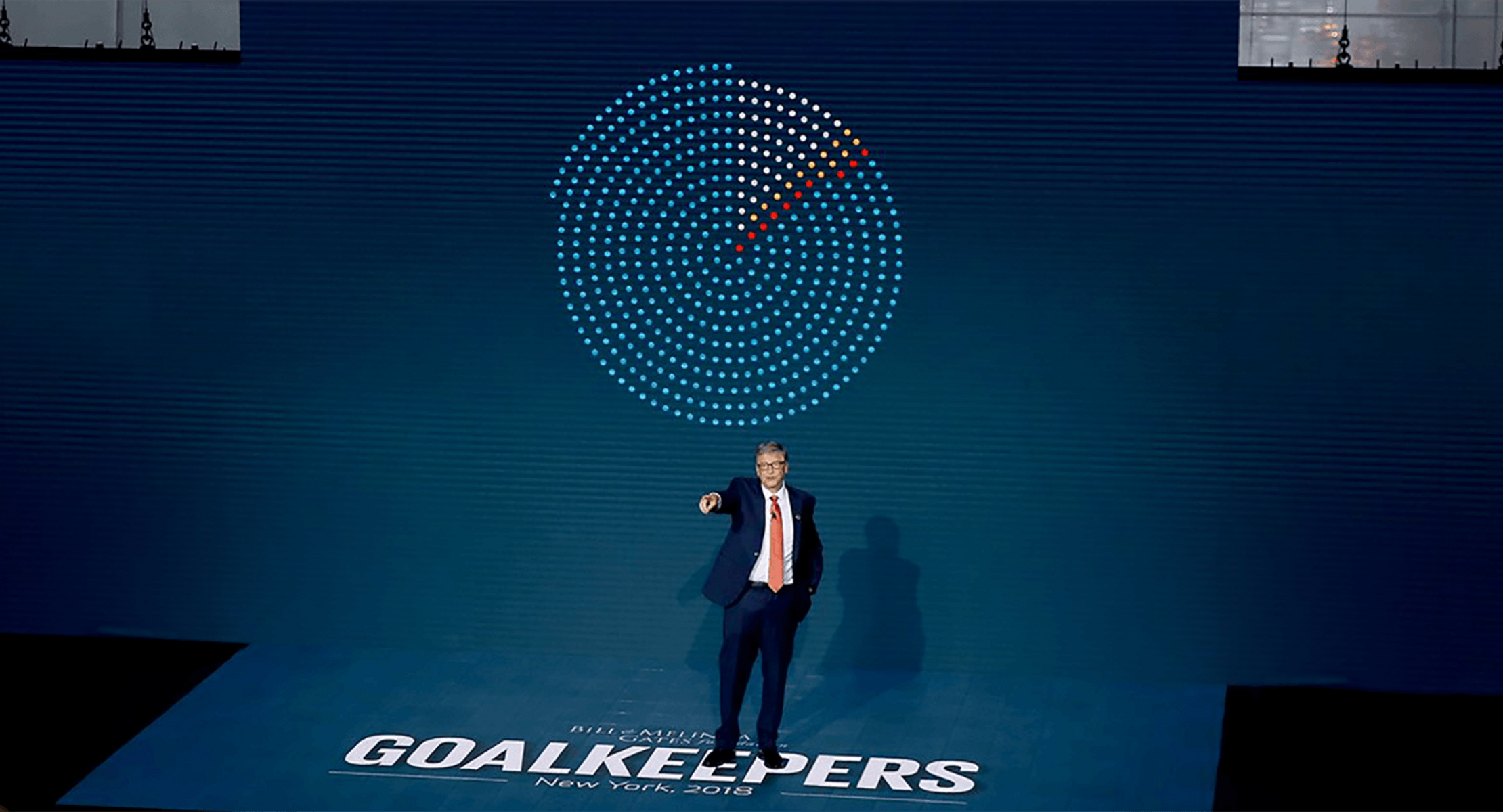
Behind him, our animations revealed the progress we’ve made and the developments that are still desperately needed.
In both 2018 and 2019, we provided the background animations for Bill Gates’ annual speech on global poverty.
We used a simple, powerful visual approach: one dot to represent one million people. Flowing movement enabled the audience to see these clusters of dots growing, shrinking and shifting as Bill talked through the story.
We also needed to deep-dive into the stories of China, India and particularly sub-Saharan Africa, which is predicted to have over 75% of the world’s people living below the extreme poverty line by 2050.
It was important to help the audience understand things quickly, so we created a scatterplot containing 17,000 dots and used simple colour-coding (green for good, red for bad) and axis gradients that made sense at a glance.
“Our foundation is focused on the belief that we shouldn’t have red dots or even yellow dots,” concluded Bill Gates. “We want every human being to have the basic opportunities that we take for granted. We need to change the odds.”
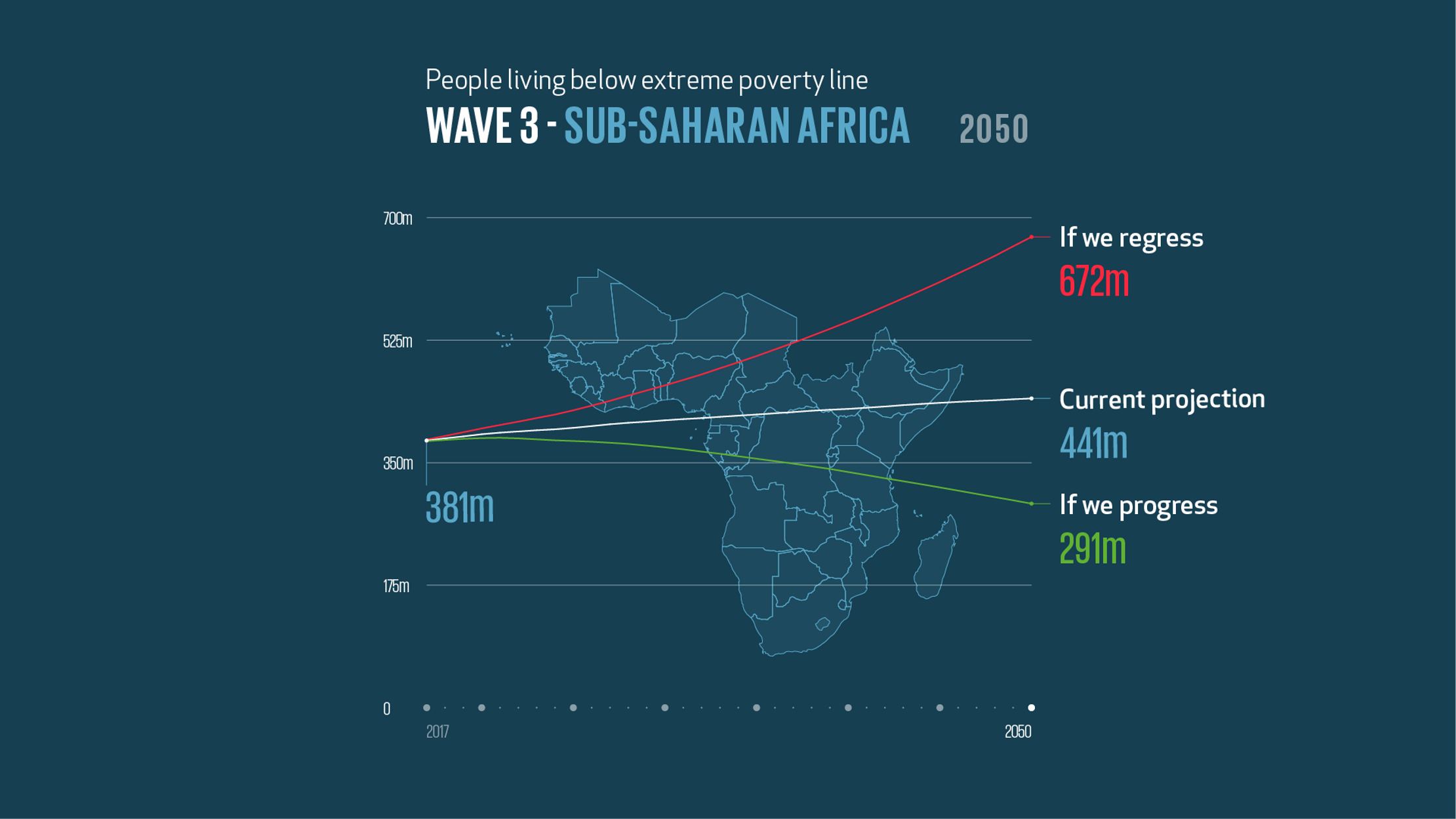
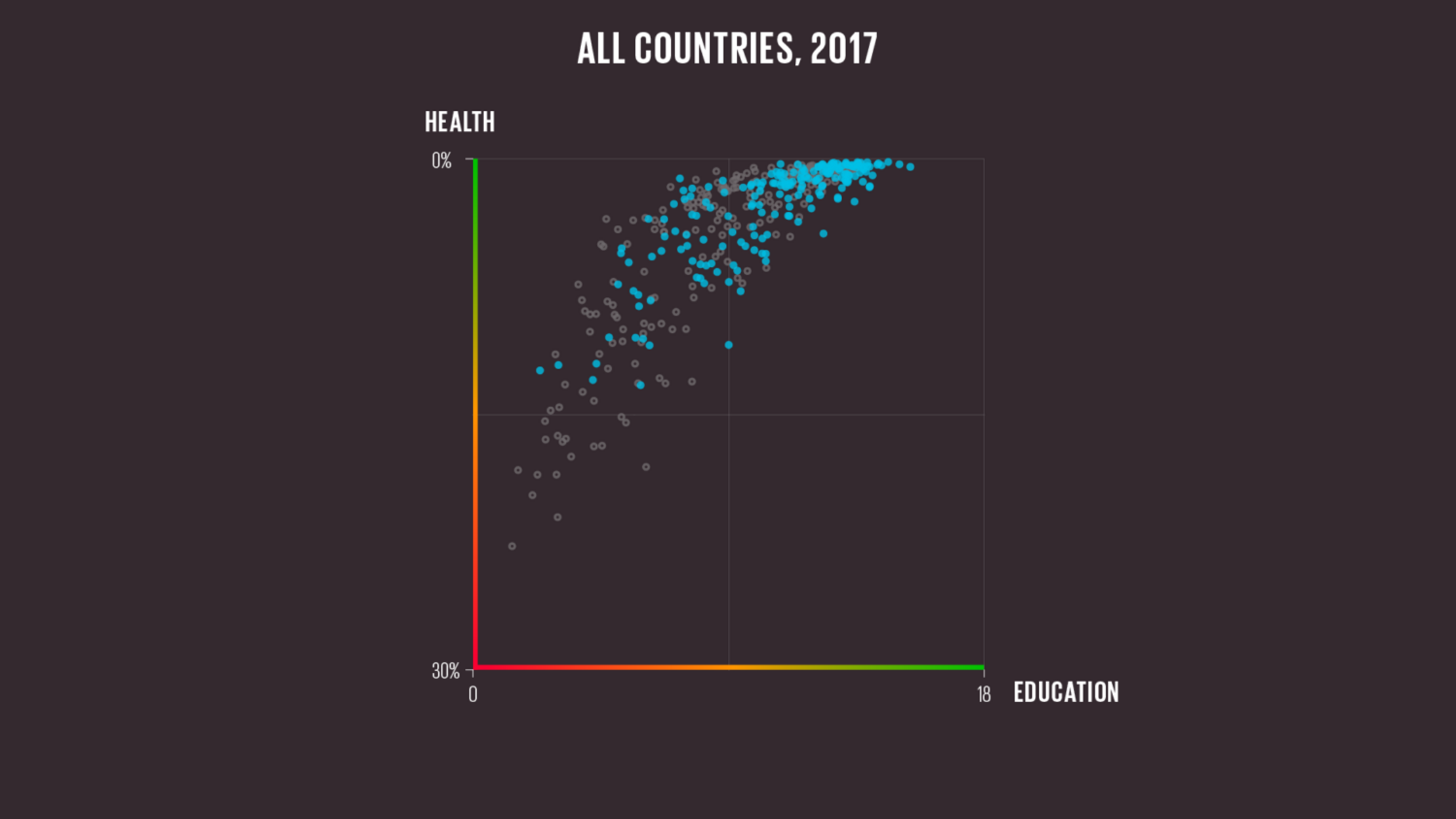
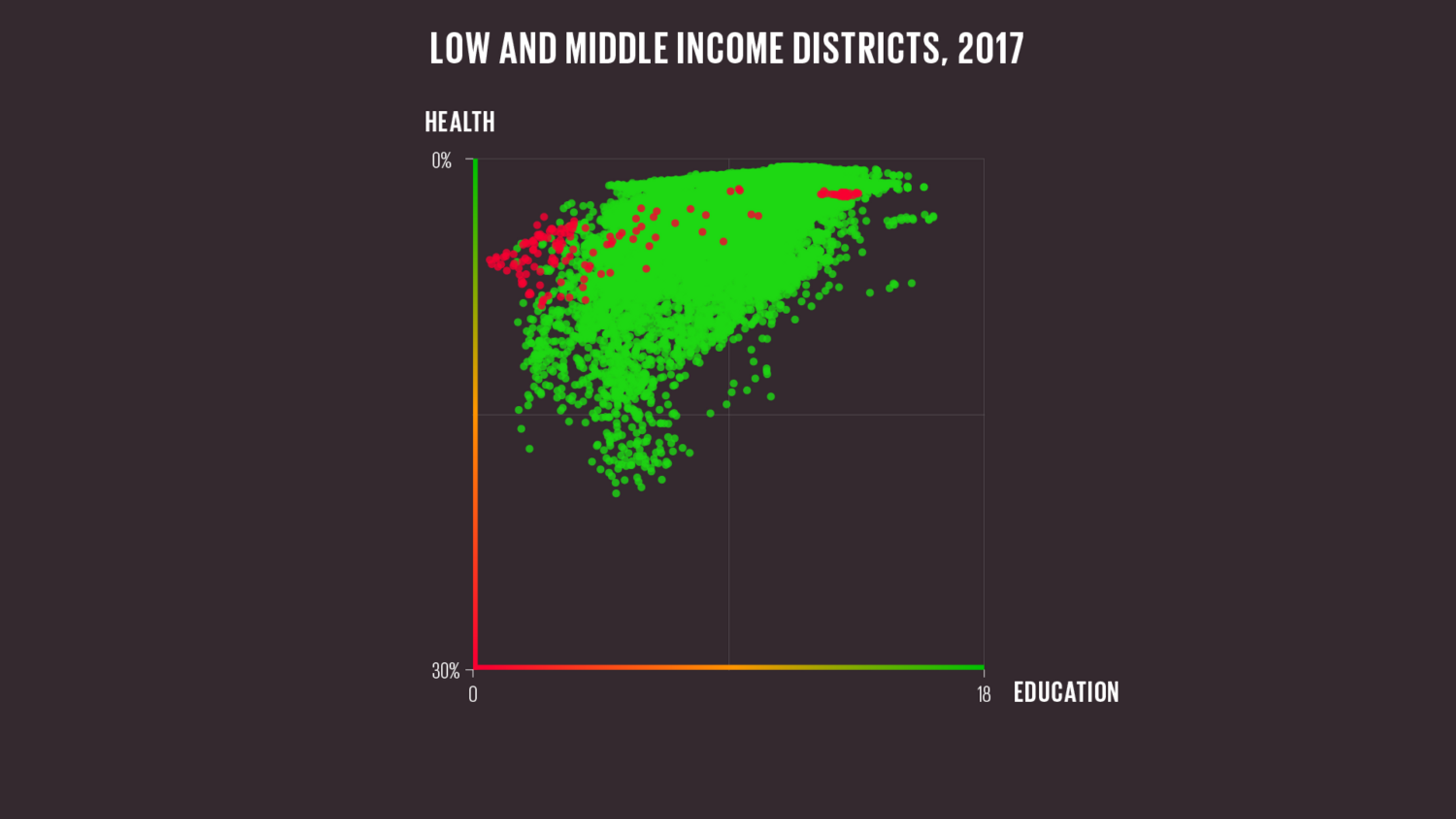
Get in touch:hello@beyondwordsstudio.com
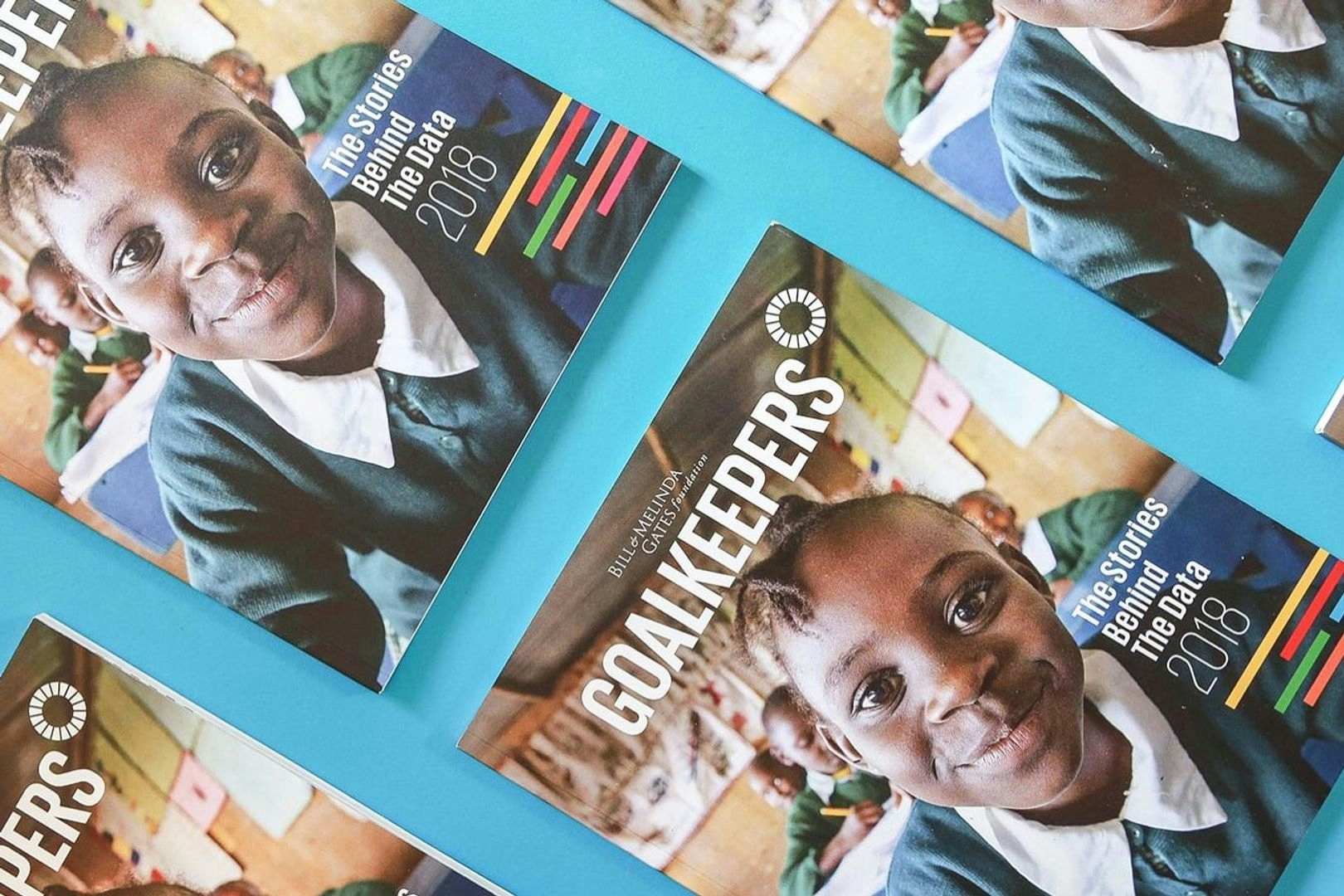
A report to change the world. These vibrant publications chart our remarkable progress in the fight against global poverty.
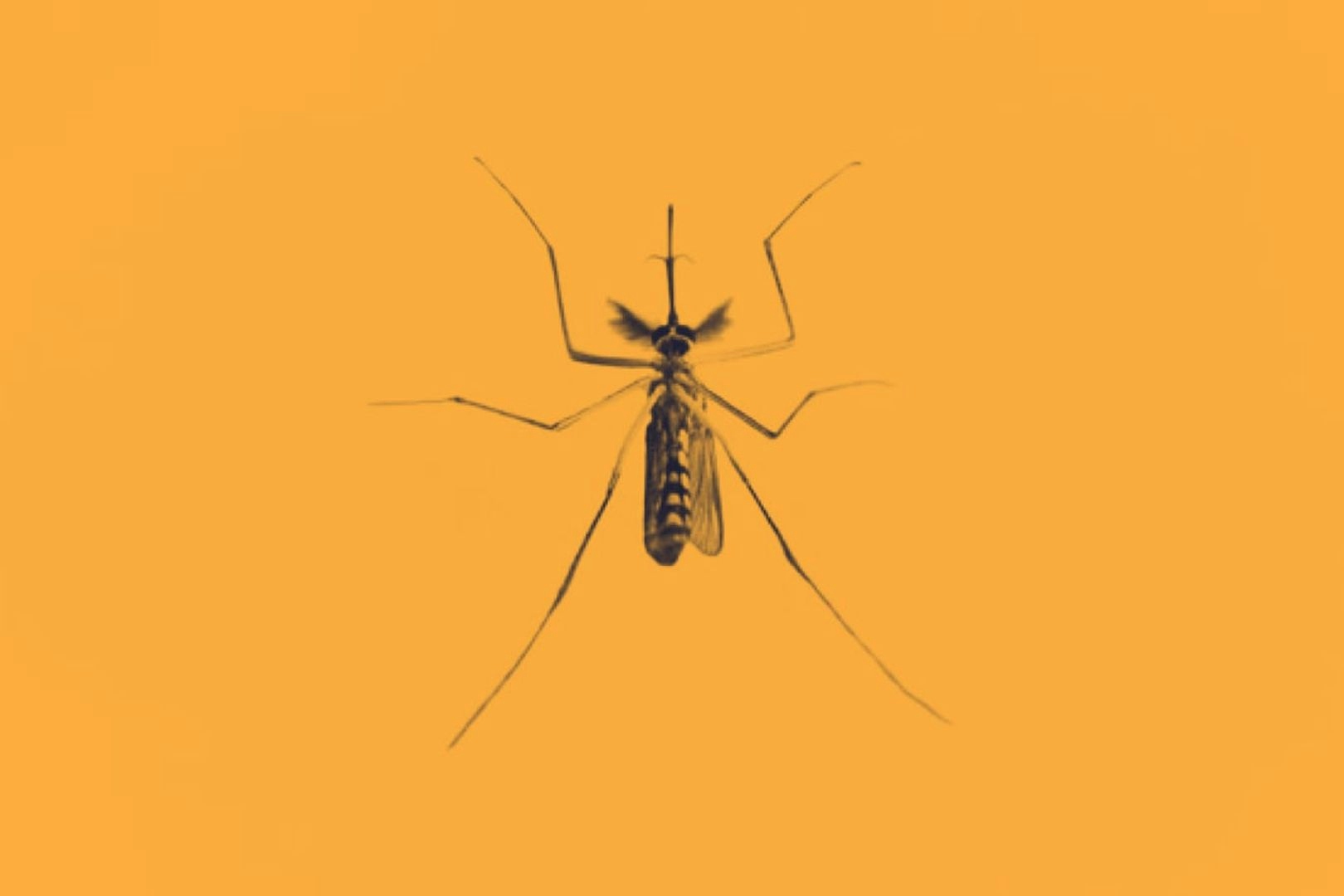
An animated presentation that helped Bill Gates show world leaders how we can wipe malaria off the map.
